Mortgage 101 Podcast: Episode 29 - Good Will Hunting: Government Shutdown Edition
In Episode 29, hosts Anthony Valentino and Manley Haines use a Good Will Hunting theme to decode the 2025 housing market amid a government shutdown, where Congress and the Fed are "solving" economic equations without data. They break down who's controlling the levers—Fed, Congress, or Wall Street—and what Wednesday's October 29, 2025, Fed meeting means for rates.
With inflation at 2.8%, jobs cooling, and a shutdown delaying data, they discuss policy, positioning, and perception's impact on mortgages. The episode covers housing momentum (supply × confidence / data), a buzzword breakdown, rate tracker (October at 6.19%), and a buyer win story, urging buyers to solve their own equation with preparation.
[00:00] Welcome to Mortgage 101: Episode 29
Manley: I’m Manley Haines, with Anthony Valentino, and today’s episode is Good Will Hunting: Government Shutdown Edition.
Anthony: Washington’s chaos has the economy scribbled on a chalkboard, with Congress and the Fed solving equations without calculators.
Manley: We’ll break down who’s pulling the levers (Fed, Congress, Wall Street), what Wednesday’s October 29, 2025, Fed meeting means, and how to read the numbers amid shutdown delays.
Anthony: By the end, you’ll know how to solve your mortgage equation with preparation.
[01:23] The Shutdown’s Impact
Manley: Why does the shutdown matter? It shuts down data—GDP, jobs, PCE inflation—leaving the Fed flying blind.
Anthony: No real-time data means no decisions. The Fed’s dashboard is blacked out, making this week’s meeting unpredictable.
Manley: Buyers can’t bet on outcomes. Prep docs, stay connected, and act before shifts hit.
[02:52] Who’s Pulling the Levers?
Anthony: The economy’s three variables: policy (Congress/Fed), positioning (Wall Street), and perception (confidence).
Manley: Policy: Congress can’t pass a budget; the Fed guides without data. Positioning: Investors load treasuries, signaling caution.
Perception: Confidence is fragile—Powell’s tone at the press conference (2:30 p.m. Wednesday) will sway spending.
Anthony: Hard data (inflation, employment) trumps confidence, but when confidence falls, spending cools, pushing the Fed toward cuts. If it overheats, rates rise.
[05:37] The Housing Equation
Manley: Housing momentum = supply × confidence / data. Limited data and soft confidence slow momentum, but tight supply keeps prices firm.
Anthony: Listings are down 10%, buyer activity down 15%, but values hold—sellers aren’t panicking.
Manley: Homeowners with 2-3% rates won’t trade for 6%, locking inventory. Waiting for a 5% rate could flood the market with 5 million buyers, spiking prices.
Anthony: Solve your equation now—don’t wait for the crowd.
[08:26] Rate Tracker: October 2025 Update
Anthony: Our 2025 prediction: 5.8-6.25% by December. January 6.65% (volatility, Fed delays), February 6.73% (hot jobs), March 6.81% (sticky CPI), April 6.74% (jobs cooldown), May 6.685% (easing inflation), June 6.64% (bond rally), July 6.71% (MBS demand dip), August 6.69% (investor caution), September 6.67% (Fed cut overreaction), October 6.19% (yields under 4%, convexity muting drops).
Manley: Year-to-date average 6.22%—right in our range. Wednesday’s Fed meeting could push us lower if Powell signals confidence.
[10:47] Buzzword Breakdown
Ryan: Professor Stinger Jordan’s in session—chalk in one hand, caffeine in the other!
Fed Pause (Anthony)
The Fed holds steady, hiking or cutting nothing—they’re waiting for clearer data amid shutdown fog.
Risk Premium (Manley)
Wall Street’s hazard pay—lenders add 0.3% extra when markets are uncertain, keeping rates sticky.
Soft Landing (Anthony)
The Fed’s dream: cooling inflation without recession, but with a dark dashboard, it’s like landing blind.
Yield Curve (Manley)
The market’s mood ring—flat/inverted signals tension, steep shows optimism.
Equity Cushion (Anthony)
The gap between home value and mortgage—homeowners have 30%+ equity, a financial airbag.
[13:28] Big Win: Teacher’s Equity Play
Manley: Two teachers rented for eight years. One bought in 2021 for $340,000 (now $415,000), gaining $75,000 equity. Refinanced from 7.1% to 6.4%, saving $260/month.
Anthony: The renter faced a $400/month hike. Same paycheck, different outcomes: upper K owns assets, lower K chases them.
[15:41] Final Thoughts
Manley: The K economy’s a mirror—chase comfort or math. Asset owners win; chasers lose.
Anthony: Uncertainty rewards participation. Control your equation—buy now, refinance later.
Manley: Don’t let fear dictate; react with purpose to join the upper K.
[17:00] Knock-Knock
Anthony: Knock, knock.
Manley: Who’s there?
Anthony: Tony.
Manley: Tony who?
Anthony: Tony says the economy ain’t great, but owning your home is the breakfast of champions!
Manley: My cereal’s soggy—I’m out!
FAQ
What is the K economy?
Asset owners (upper K) build wealth; renters (lower K) chase comfort, facing rising costs without gains.
Why are rates sticky at 6.19%?
Convexity and investor caution—fearing refis, they back off MBS, muting drops despite 3.98% yields.
How does homeownership shift the K?
It builds equity ($27,000/year average) and leverage, with homeowners’ net worth at $400,000 vs. renters’ $10,000.
What’s rent reporting?
80% of renters see score boosts by reporting payments, helping thin files qualify—start now for 2026 buying.

